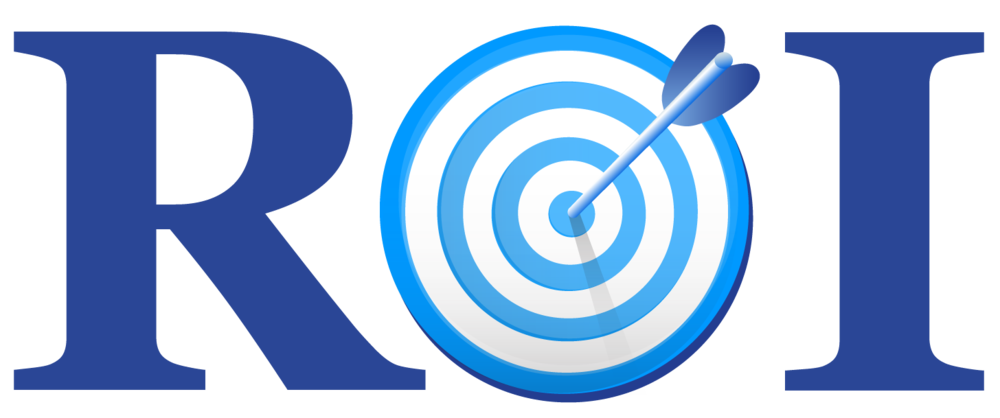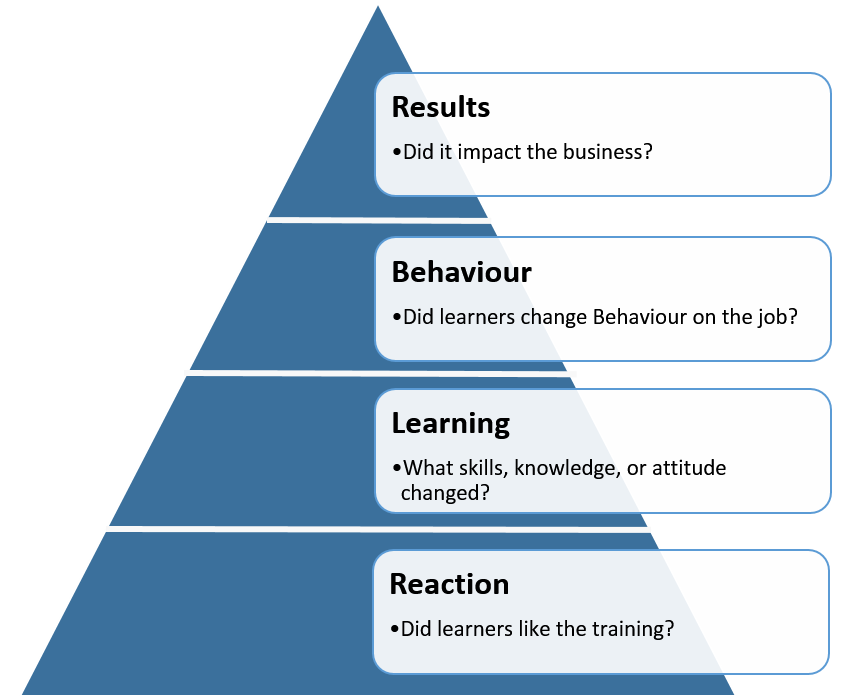Product Success or Outcome Success?
Every organisation which invests in training for its employees does so for a very good reason!
When speaking to our clients in HR, Professional Development or Sales Enablement departments, we often hear that this reason is to equip employees with a set of ‘competencies’ – an essential list of requirements for the successful running of the business.
When we ask where these requirements come from, we discover that such competencies are needed to overcome a variety of problems facing the business. For example, the sales director has noticed that sellers do not fully understand the decision process of their customers, hence the requirement becomes to find a specific type of training to help them solve this problem.
When delving deeper into the origin of such problems, we learn that they are considered a major hindrance to achieving the high-level Results, which were planned by the management and often already communicated to the shareholders.
In the case mentioned above, we can say that the ‘product outcome’ of sourcing training to meet requirements is reached when the learning content is delivered, on time and within budget. You may have similar requirements sent to your company in the form of an RFP from your clients. The burning question is whether this intervention actually leads to achieving the ‘success outcome’ of the organisation or does it only meet a need without influencing those high-level results? Could it be that we are sometimes able to meet ‘requirements’ for training without achieving the desired business outcome?
Our goal at ELP is to help our clients achieve their ‘Success Outcome’
one single measurement and ask one single and simple question:
Do the learners actually put the learning into practice in the workplace?






